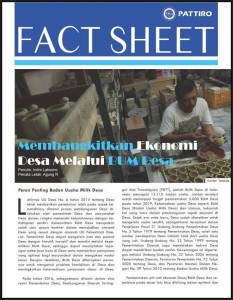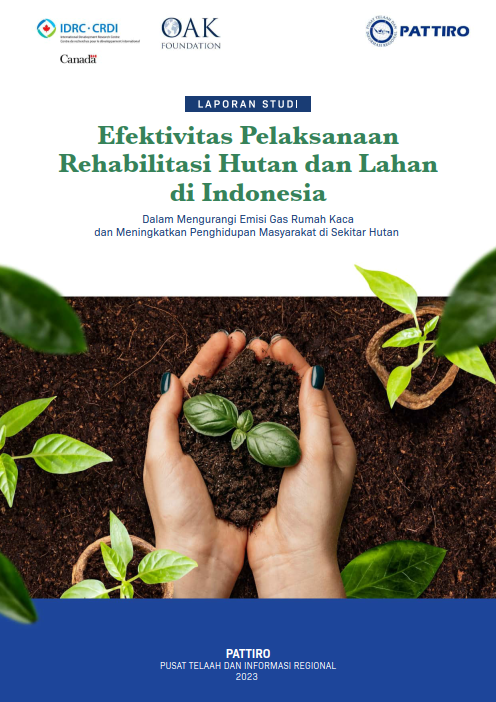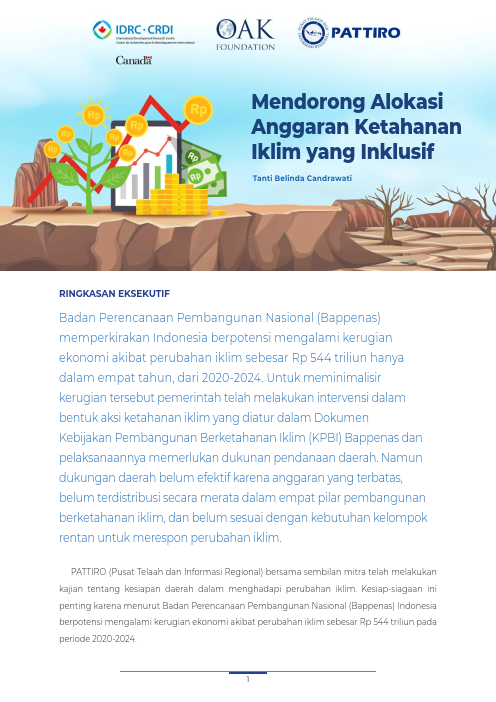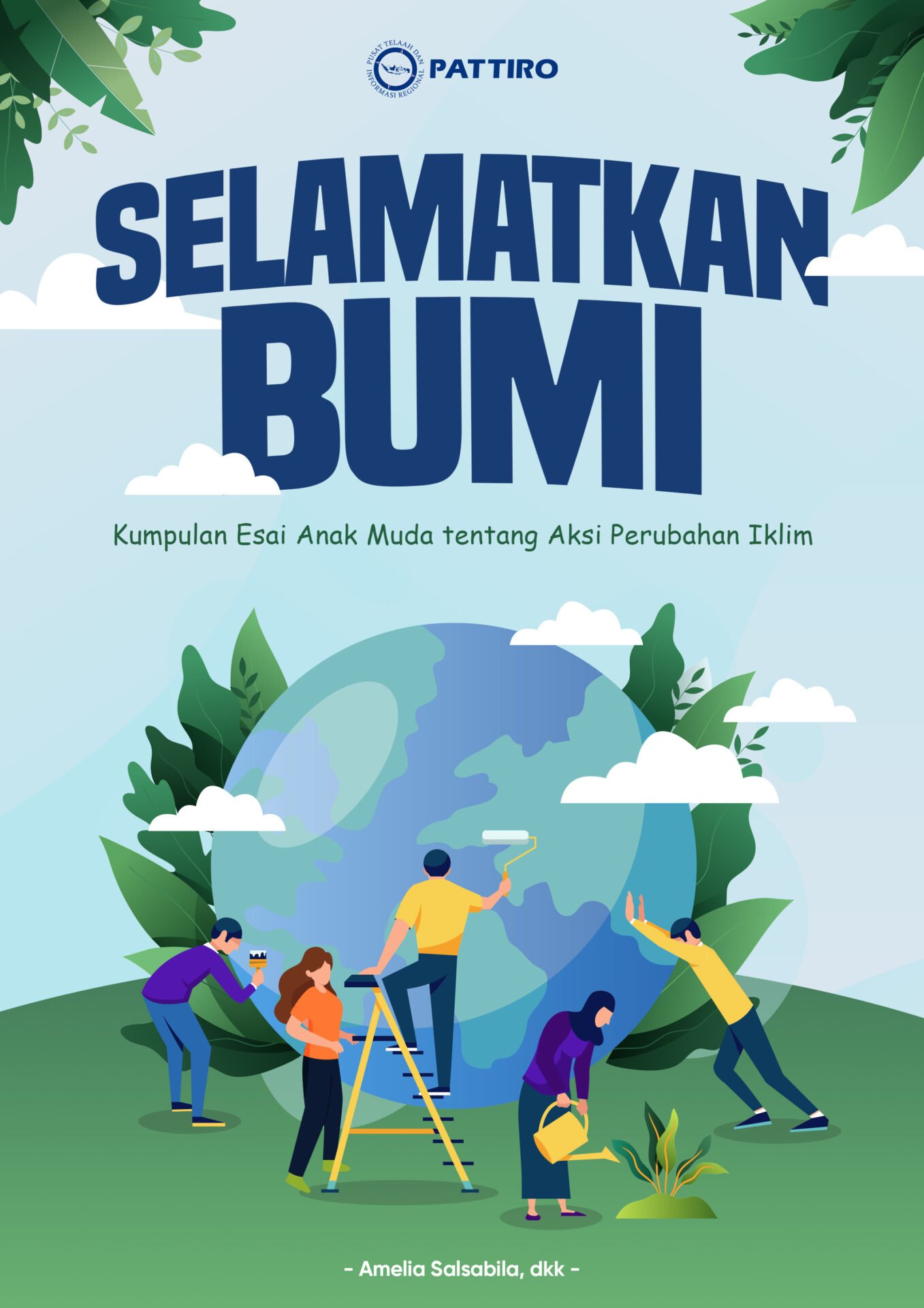 The birth of Village Law no. 6 of 2014 concerning Villages has placed more emphasis on the aspect of independence, where the Village development process is carried out by the Village government and the Village community in order to meet their needs with their own abilities. The existence of BUM Desa is a concrete effort to realize village autonomy in accordance with the mandate of the Regional Government Law. The Village Government can manage Village assets and potential creatively, innovatively and independently through Village BUM ownership, so that it can create new job opportunities in the Village and provide optimal services for the community in accessing working capital. Thus, the role of BUM Desa is expected to play a role in overcoming the problem of poverty in the Village and increasing the availability of basic services in the Village.
The birth of Village Law no. 6 of 2014 concerning Villages has placed more emphasis on the aspect of independence, where the Village development process is carried out by the Village government and the Village community in order to meet their needs with their own abilities. The existence of BUM Desa is a concrete effort to realize village autonomy in accordance with the mandate of the Regional Government Law. The Village Government can manage Village assets and potential creatively, innovatively and independently through Village BUM ownership, so that it can create new job opportunities in the Village and provide optimal services for the community in accessing working capital. Thus, the role of BUM Desa is expected to play a role in overcoming the problem of poverty in the Village and increasing the availability of basic services in the Village.
In 2016, as reported on the official website of the Ministry of Villages, Development of Disadvantaged Regions and Transmigration (PDTT), the number of BUM Desa in Indonesia reached 12,115 business entities. This number has exceeded the target of establishing 5,000 BUM Desa in 2019. The existence of Village businesses such as BUM Desa (Village-Owned Enterprises) and others, is nothing new in the development of economic aspects in the Village. Since the New Order era, villages have been directed to manage their own businesses, as stated in the Elucidation to Article 21 of the Village Government Law no. 5 of 1979 concerning Village Government, one of the sources of Village income is the results of legitimate Village businesses. Law no. 22 of 1999 concerning Regional Government also states that villages can establish business entities. This authority is confirmed through Law no. 32 of 2004 concerning Regional Government, Government Regulation no. 72 of 2005 concerning Villages, and Minister of Home Affairs Regulation no. 39 of 2010 concerning Village-Owned Enterprises.
[__wpdm_package id='13071']




